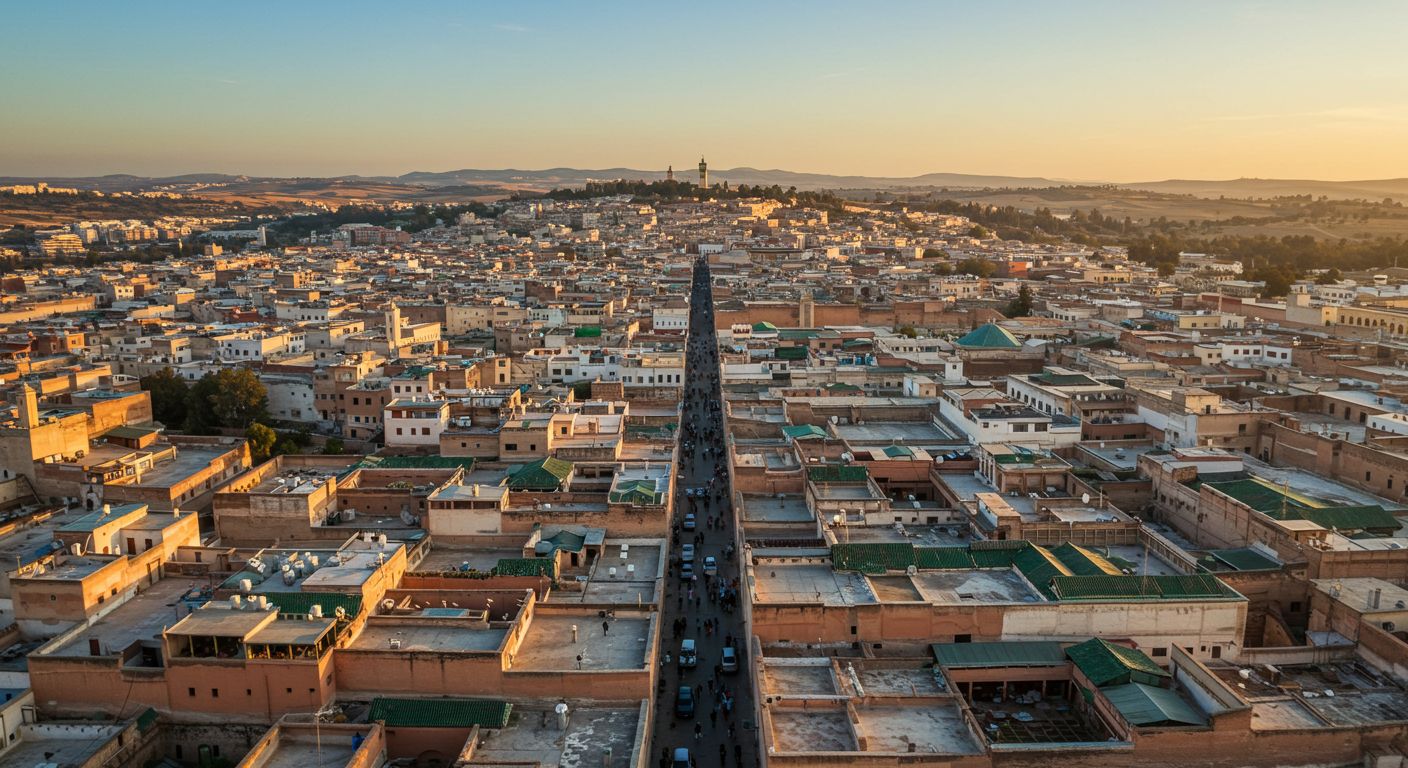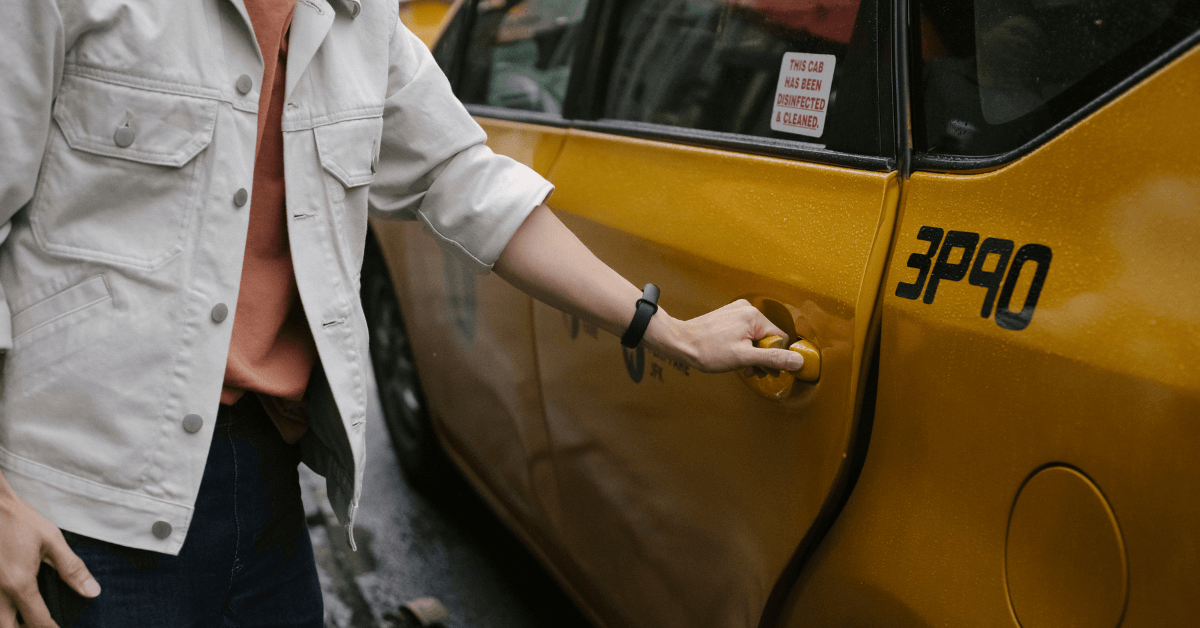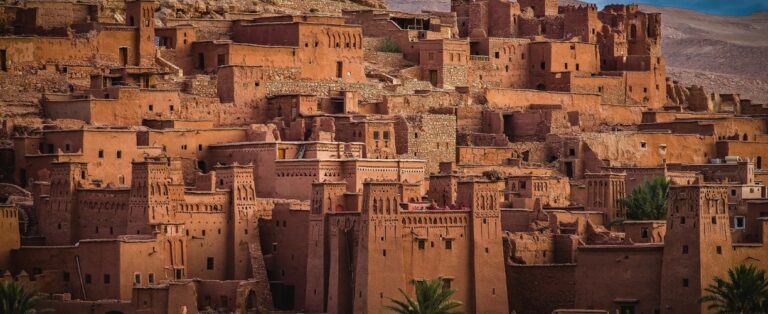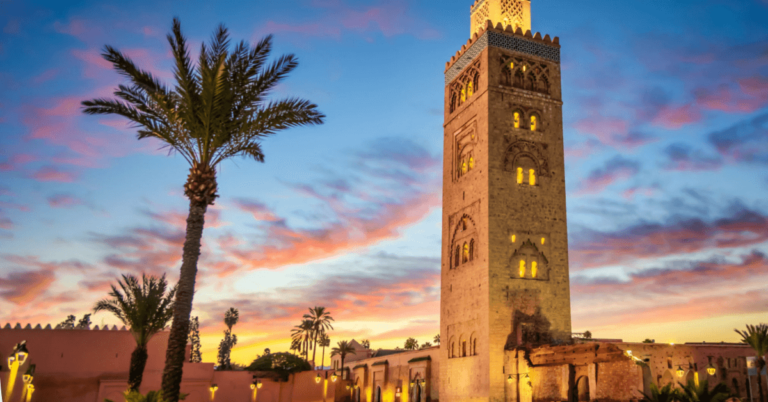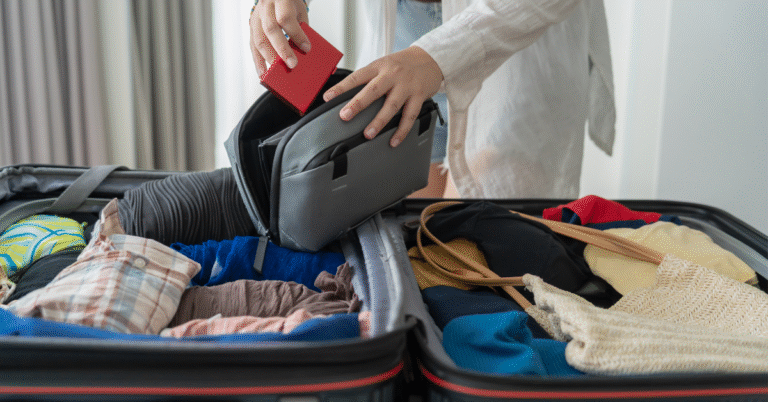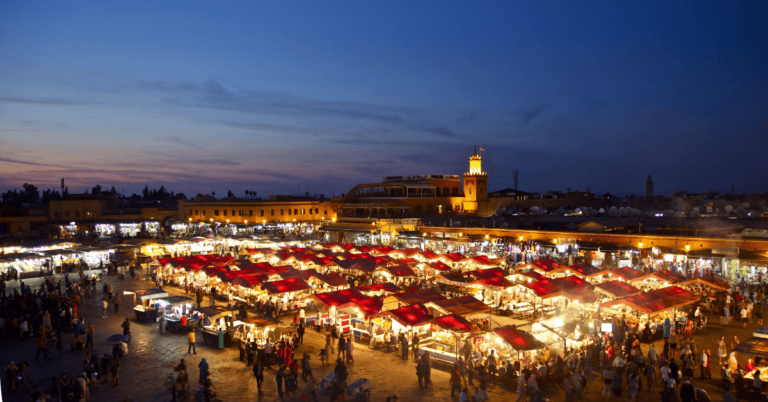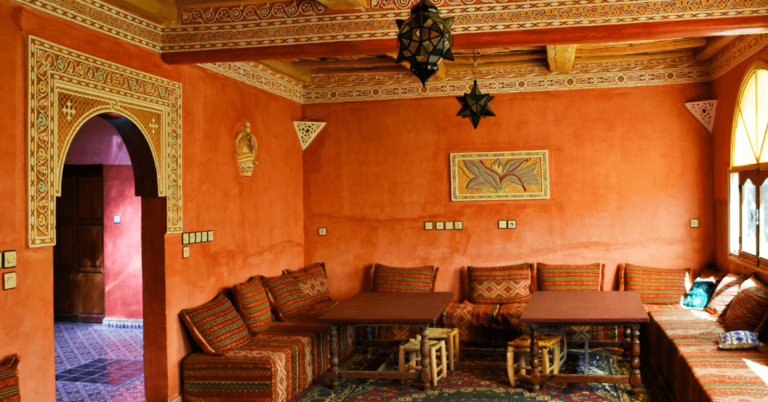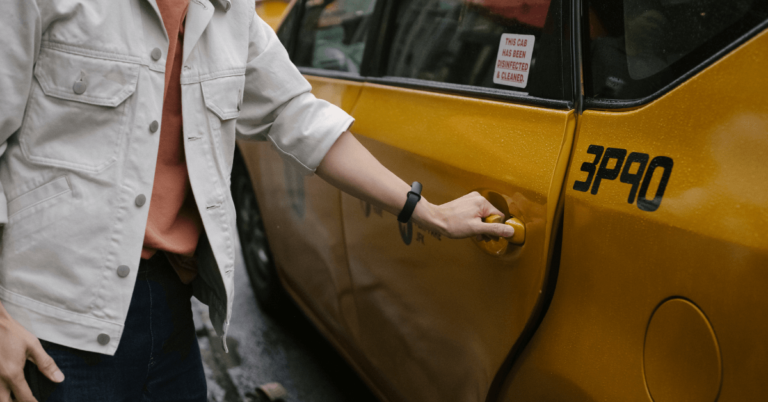The ultimate travel guide to Fes, Morocco discover the cultural capital
Fes is often hailed as the cultural heart of Morocco, a city where history, tradition, and daily life blend seamlessly.For travelers from the United States looking to experience an authentic Moroccan adventure, Fes offers a unique window into the past and present of this vibrant country. Its labyrinthine medina, centuries old religious sites, bustling markets, and rich culinary traditions invite visitors to explore and immerse themselves fully.
Visiting Fes means stepping into a world that has preserved its heritage like few other places. The city’s narrow alleys lead to hidden treasures artisan workshops, historic monuments, and lively souks all of which tell stories of a time when Fes was the center of learning, religion, and craftsmanship. To make the most of your journey, it is essential to understand what the city has to offer and how to navigate its unique landscape.
Exploring the historic medina of Fes
The medina of Fes is one of the largest car free urban areas in the world, recognized by UNESCO for its exceptional cultural significance. Wandering through its narrow, winding streets feels like traveling back in time. The medina’s atmosphere is shaped by the call to prayer echoing from ancient mosques, the clatter of artisans’ tools, and the vibrant colors of spices and textiles displayed in market stalls.
At the center lies the Nejjarine Square, home to the famous Nejjarine Museum of Wooden Arts and Crafts. This area serves as a meeting point and offers insight into the city’s artisanal heritage. Nearby, visitors can explore souks specializing in everything from leather goods to traditional pottery.
One of the architectural highlights within the medina is the Bou Inania Madrasa. Built in the 14th century, it stands as a masterpiece of Marinid architecture, featuring intricate tile work, carved wood, and a serene courtyard.
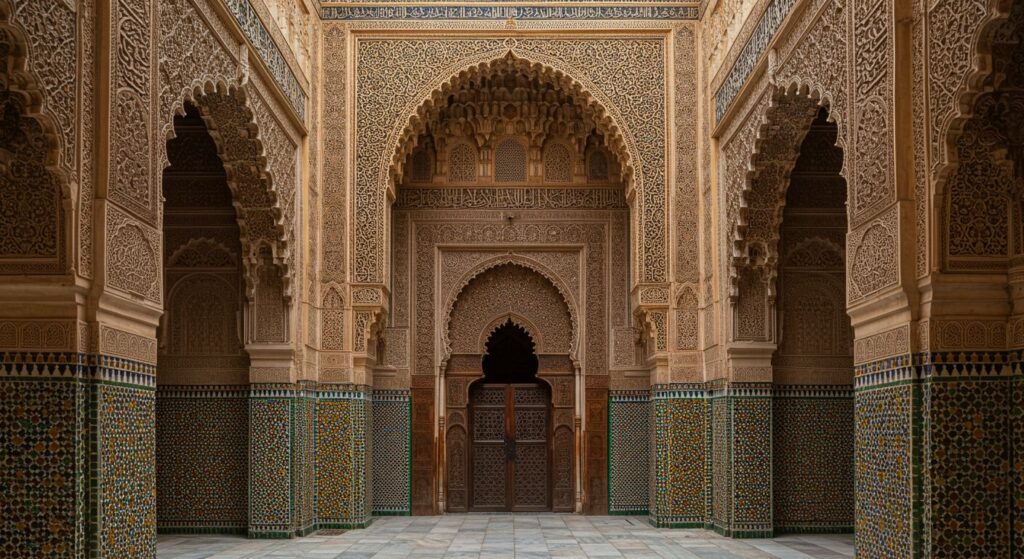
Unlike many religious sites in Morocco, Bou Inania is open to non Muslim visitors, allowing a rare glimpse into its artistic and spiritual beauty.
Navigating the medina can be challenging due to its labyrinthine layout. Hiring a local guide or preparing an itinerary can help uncover hidden gems such as secret gardens and artisan workshops. The tanneries, where leather is still dyed using traditional methods, provide a fascinating yet sensory intense experience, illustrating centuries old crafts.
Visiting the medina at different times of day reveals varying facets from the calm of early morning to the lively bustle of afternoon markets and the peacefulness of evening light. This historic core of Fes offers an immersive experience that captures the city’s soul.
For a more detailed exploration of the medina’s winding streets and cultural treasures, the guide to exploring the historic medina of Fes provides valuable insights.
Must visit cultural and religious sites in Fes
Fes is renowned for its wealth of cultural and religious landmarks that reflect its long standing significance as a spiritual and intellectual center in Morocco. These sites offer travelers an opportunity to connect with the city’s deep rooted history and experience its artistic grandeur.
The Al Quaraouiyine Mosque and University, founded in 859, holds the distinction of being one of the oldest continuously operating universities in the world. While the mosque itself is reserved for Muslims, its exterior and surrounding area embody centuries of scholarship and religious devotion. Its influence on Islamic education and Moroccan culture is profound.
Another architectural jewel is the Bou Inania Madrasa, notable for its exquisite Marinid craftsmanship. Visitors can admire the intricate zellij tilework, carved cedar wood, and stucco decorations that adorn the prayer halls and courtyards. This madrasa not only served as a religious school but also as a symbol of the city’s cultural flourishing during the 14th century.
The Dar Batha Museum, housed in a former royal palace, exhibits a rich collection of Moroccan arts, including ceramics, textiles, and wood carvings. It provides insight into the traditional arts that have shaped the city’s identity.
For those interested in spiritual heritage, the mausoleum of Moulay Idriss II, the city’s founder, holds particular significance. Though non Muslim visitors cannot enter, the mausoleum’s location within the medina and its surrounding atmosphere contribute to understanding Fes’s sacred landscape.
These sites highlight the intricate relationship between faith, education, and artistry in Fes. Exploring them enriches any traveler’s appreciation of the city’s cultural fabric.
For an in depth look at these landmarks and their histories, the section on Fes cultural and religious sites offers comprehensive guidance.
Traditional cuisine and food markets of Fes
The culinary landscape of Fes is as rich and vibrant as its history, offering an authentic taste of Moroccan culture through its traditional dishes and bustling food markets. For visitors seeking to savor local flavors, Fes presents a delightful array of sensory experiences.
The medina’s markets are alive with the aromas of fresh spices cumin, saffron, coriander, and cinnamon that define Moroccan cooking. Vendors offer fresh produce, dried fruits, nuts, and a variety of regional ingredients that make their way into classic dishes.
Among the must try specialties is the tajine, a slow cooked stew named after the earthenware pot in which it is prepared.
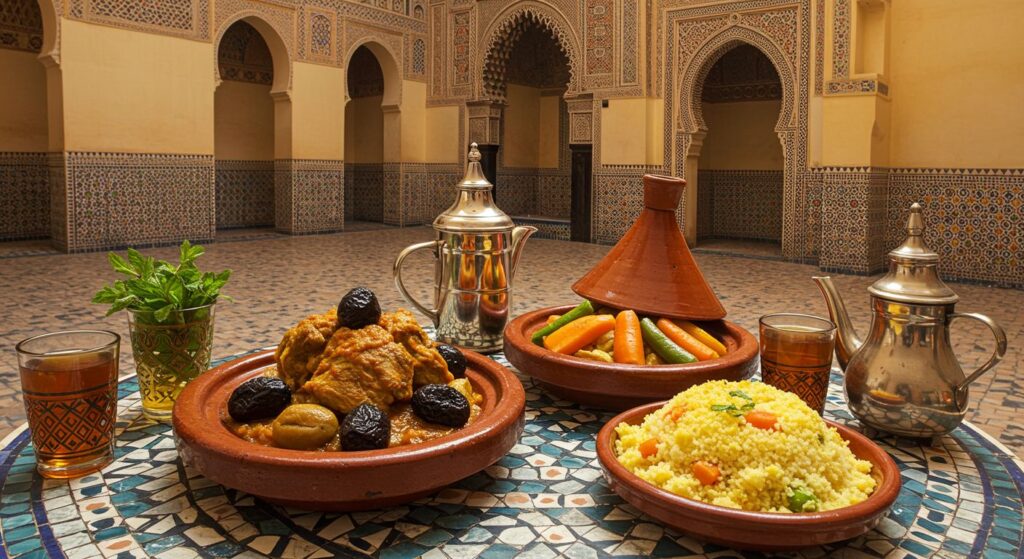
Varieties range from lamb with prunes and almonds to chicken with preserved lemons and olives, all seasoned with fragrant spices. Couscous, traditionally served on Fridays, features steamed semolina paired with vegetables, meat, or fish.
Street food stalls provide quick bites such as msemen, a flaky Moroccan pancake, and briouates, savory pastries filled with meat or cheese. Sampling these treats in the lively market atmosphere offers a genuine connection to local life.
Mint tea, often called “Moroccan whisky,” is a staple of hospitality. Served sweet and hot, it accompanies meals and social gatherings alike, symbolizing friendship and welcome.
Exploring Fes’s food markets and indulging in traditional cuisine adds depth to the travel experience. For guidance on where to find the best culinary spots, the page dedicated to Fes traditional cuisine and food markets is an excellent resource.
Practical travel tips for visiting Fes
Preparing well before visiting Fes can make all the difference in enjoying this culturally rich city. Understanding local customs, transportation, and safety is essential, especially for travelers from the United States.
U.S. citizens can enter Morocco without a visa for stays up to 90 days, provided their passport is valid for at least six months beyond the travel dates. It’s advisable to carry photocopies of travel documents and have travel insurance.
Fes is generally safe, but like any popular tourist destination, it’s wise to stay alert in crowded places such as souks and busy streets. Keep valuables secure and be cautious when accepting offers of assistance from strangers.
The climate varies: summers can be hot and dry, while winters are mild. Spring and autumn are the most comfortable seasons to visit. Packing layers and sun protection is recommended.
The local currency is the Moroccan dirham (MAD). Exchange services are available at the airport, banks, and official offices. While credit cards are accepted in many hotels and restaurants, cash remains king in markets and for small purchases.
Communication is easier with some knowledge of French or Arabic phrases, although many in the tourism industry speak English. Respect for local dress codes and customs enhances interactions, particularly when visiting religious sites.
Getting around Fes is often done by foot inside the medina, but taxis and buses serve other areas. Agreeing on taxi fares before the ride helps avoid misunderstandings.
Incorporating these practical tips into your travel plans ensures a smoother experience. To enrich your visit, exploring the vibrant souks and artisan crafts of Fes is highly recommended.
For more details, the guide on practical travel tips for Fes offers valuable advice.
Shopping in Fes: Souks and artisan arafts
The souks of Fes offer an immersive shopping experience filled with rich traditions and vibrant culture. These bustling markets are the city’s beating heart, where artisans showcase centuries old crafts alongside everyday goods.
Each souk specializes in different products. The Souk el Henna is famous for natural cosmetics and henna, while the Souk des Tapis features a variety of handwoven Berber rugs. The leather souks, close to the famous tanneries, sell goods dyed with natural pigments using methods unchanged for generations.
Haggling is an integral part of shopping here. Approaching vendors with respect and patience often leads to fair prices and rewarding interactions. Artisans frequently share the stories behind their crafts, enriching the buying experience.
Popular purchases include intricately designed lanterns, pottery, silver jewelry, and textiles. Many artisans blend traditional techniques with contemporary designs, offering a range of souvenirs that appeal to diverse tastes.
Visiting the souks during quieter hours allows for a more relaxed exploration. Asking locals for recommendations can lead to discovering hidden workshops and authentic products.
Shopping in Fes is not just a transaction but a cultural journey. To find the perfect place to stay nearby, consider the diverse accommodations in Fes from traditional riads to modern hotels.
More details can be found in the section dedicated to shopping and artisan crafts in Fes.
Where to Stay in Fes: Riads, Hotels, and Guesthouses
Choosing the right accommodation in Fes is key to a memorable visit. The city offers a broad spectrum of lodging options, from charming traditional riads in the medina to contemporary hotels in more modern districts.
Riads are traditional Moroccan homes centered around a courtyard or garden, often beautifully restored to provide authentic ambiance alongside modern comforts. Staying in a riad allows travelers to experience local architecture and hospitality intimately. Many feature rooftop terraces offering panoramic views of the city.
For those seeking modern amenities, hotels in neighborhoods like Gueliz provide conveniences such as pools, gyms, and international dining options. These areas tend to be quieter and are well connected by taxi or public transport.
Budget travelers will find guesthouses and hostels that offer affordable yet comfortable stays, often with opportunities to meet other tourists. Vacation rentals, including apartments and villas, cater to families or groups desiring more space and independence.
Booking accommodations in advance, especially during peak travel seasons, ensures availability and the best rates. Location matters depending on your interests riads place you in the heart of the medina, while hotels in newer areas offer easy access to modern conveniences.
For a cultural immersion through shopping and artisan crafts, exploring the nearby souks adds a wonderful dimension to your stay.
Further guidance on accommodations in Fes is available in the dedicated guide to lodging options.

